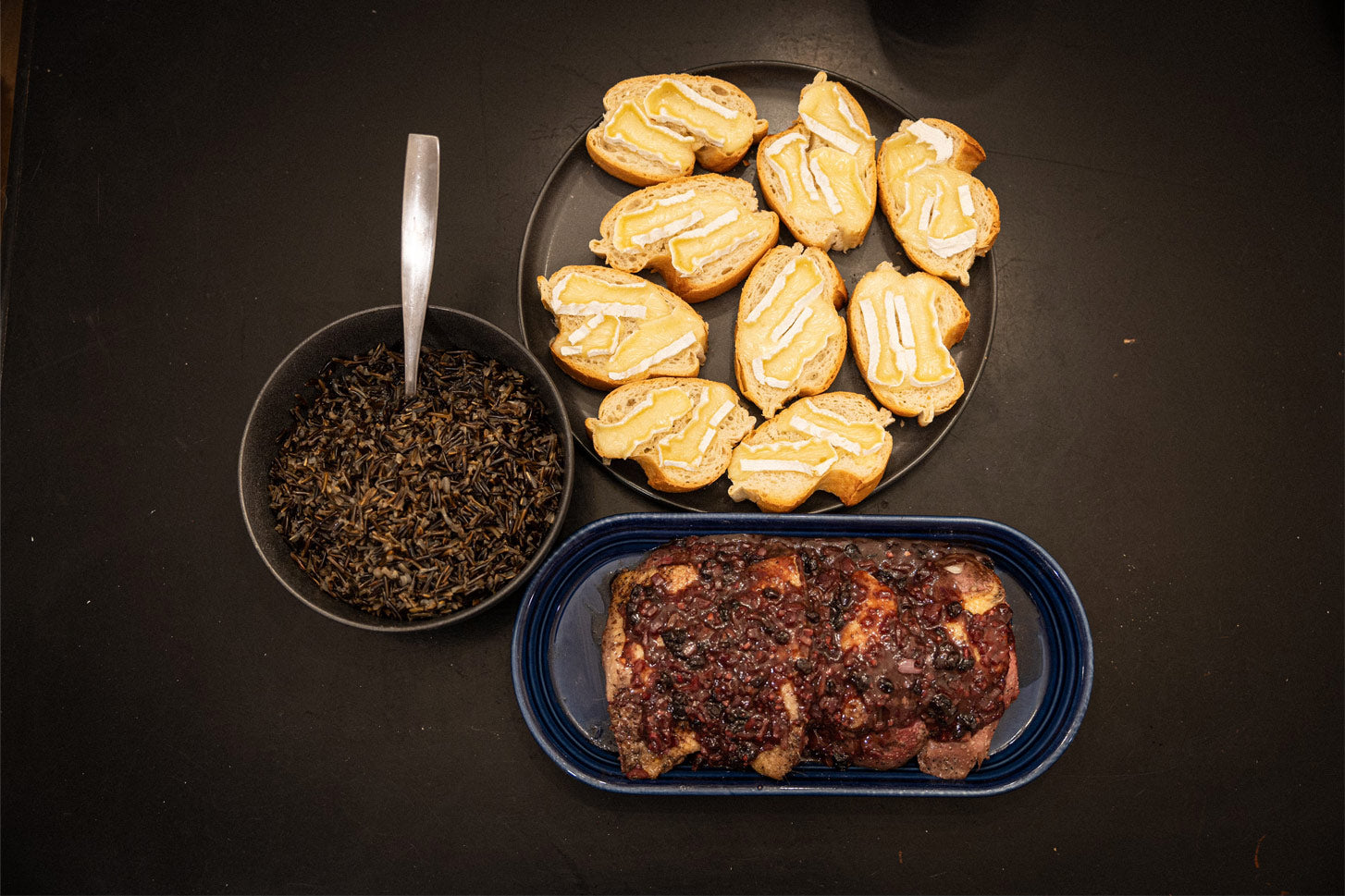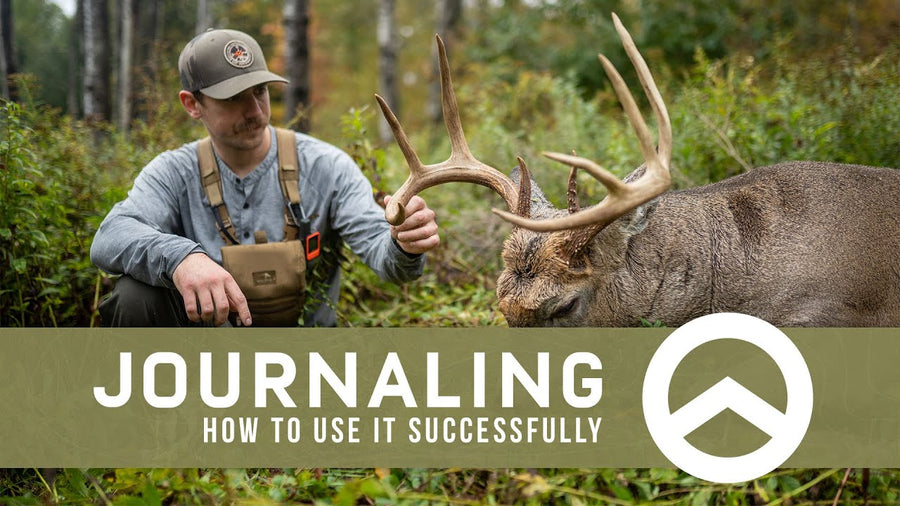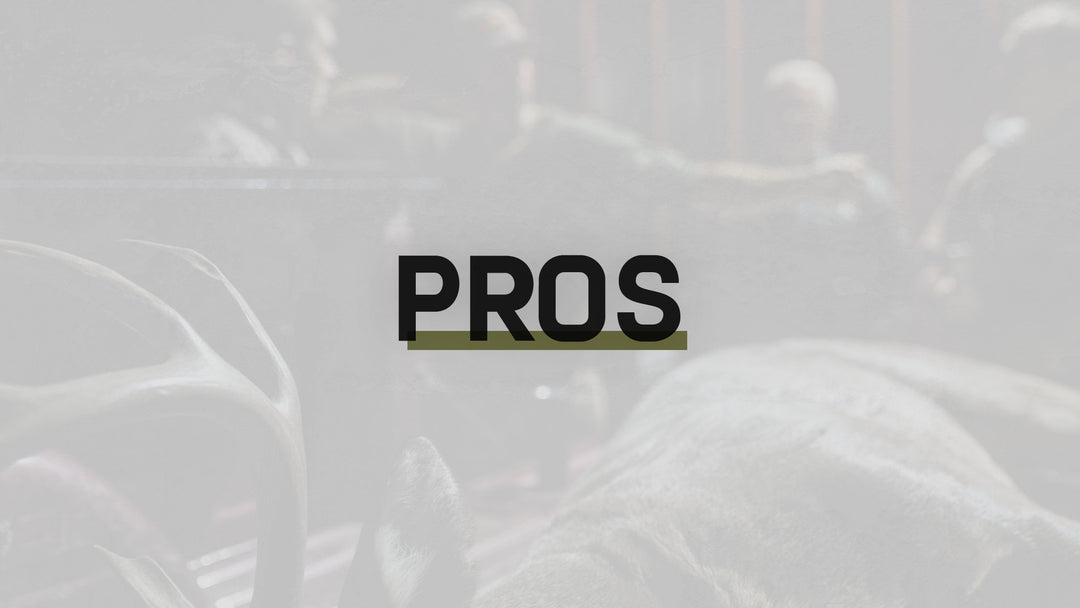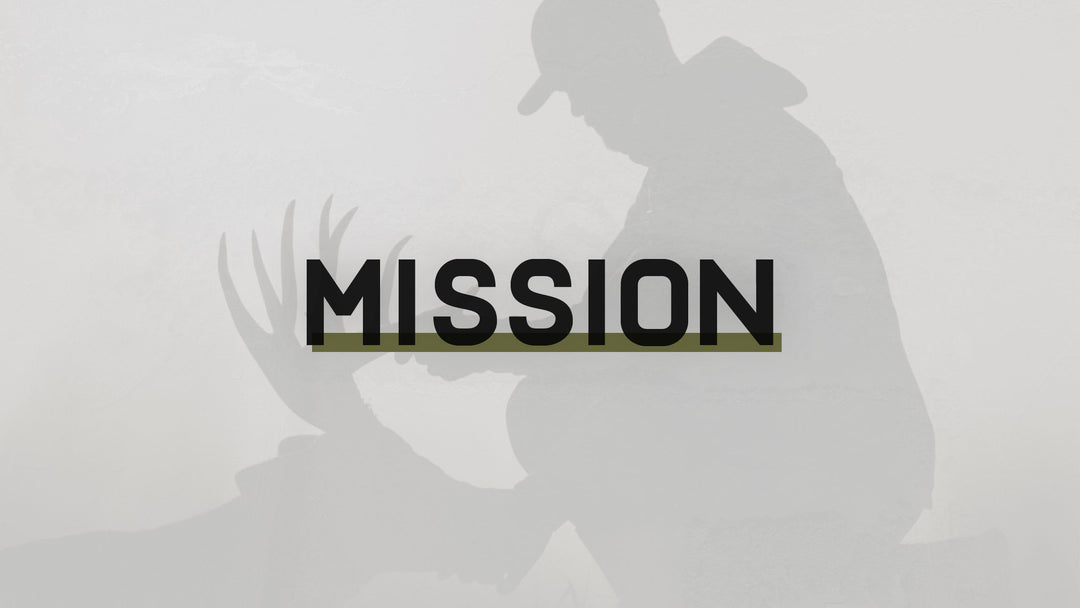The Great Duck Misunderstanding

Cooking wild game is finicky. Whether it is whitetail, elk, duck, or turkey, anyone who has cooked it knows that it can be ruined in a hurry. Wild game dries out quickly compared to other meats such as beef and pork because of its low fat content. But for those of us who have spent the time to perfect it, we have learned how delicious it can be.
There are plenty of opinions of wild game out there, both good and bad. Personally, I think any game can be fantastic when dealt with correctly. I also believe that bad first impressions are responsible for the majority of bad opinions. “Venison is too gamey” or “Canada geese are no good” are opinions that come from one occasion when wild game was over-cooked, ruined, and created an impression that lasted forever.

I’ve spent a lot of time in the kitchen or hunched over a Weber charcoal grill trying to perfect all different kinds of wild game meat, but there is one that I take the most pride in: ducks. Waterfowl was the first thing I ever hunted. As soon as I was old enough to go out in the boat with my dad, I was hunting ducks. And so, ducks are at the top of my list of things I like to cook.
There is one particular recipe that is a little more special to me than the rest. I picked up ‘The Great Duck Misunderstanding’ from my dad, who was turned on to it by an old waterfowl lodge owner in southern Ontario. The recipe is nested inside of a short story written by landscape artist and author Russel Chatham. In my interpretation of the story, the “misunderstanding” is that ducks are no good to eat, but Russell clears up that misunderstanding by demonstrating his favorite way to prepare it. My personal tradition with this recipe is to make it after the duck season has come to a close to celebrate the bittersweet end. As I mentioned before, the recipe comes from a short story, so it can be interpreted a number of different ways in terms of measurements and methodology. This is my interpretation:
Ingredients:
- 2 whole plucked ducks
- A bottle of red wine
- Salt and pepper
- Shallot
- Garlic
- Worcestershire
- Lemon
- Bay leaf
- Duck stock (chicken/beef broth works too)
- Dried currants (raisins will work)
- Currant jelly
- Wild rice
- French bread
- Brie cheese
- Arrowroot flour (optional)
Steps:- Coat ducks with butter and s&p.
- Stuff lightly with shallot, s&p, and garlic. Place in a shallow Dutch oven, set aside.
- Preheat the oven to 500°.
- This is a good time to start your wild rice, as it is a slow process.
- While you’re waiting for the oven to preheat, in a cast-iron skillet, combine duck stock, splash of Worcestershire, shallot, garlic, lemon juice, red wine, and a bay leaf. For measurements and ratios, go with your gut.
- Bring to a quick simmer, then lower heat. Feel free to add more of any of the above components throughout the process as you see fit.
- When the oven is done preheating, put the ducks in for 15 minutes, not covered.
- This is a good time to make your French bread with Brie. Slice your French bread into thick pieces and put a slice of brie on top of each. Toast until golden brown.
- When the ducks are done, get your cast-iron skillet with everything in it hot again. Slice each breast off of the bone and place the bloody side down in the skillet for about 15 seconds each.
- Set meat aside on a platter. I like to set this platter inside of the warm oven as it cools down for the next couple steps just to keep the meat warm.
- Deglaze your shallow Dutch oven that the ducks were in with red wine and add it to the cast-iron skillet.
- Add your dried currants and jelly to complete the sauce. Simmer low and stir to combine. I like to use a small amount of arrowroot flour to thicken the sauce a bit.
- Serve duck covered in the sauce, with the wild rice and toasted brie French bread on the side. I save the duck carcasses to make more duck stock later on.

Written by Matt Hogan at Captured Creative








